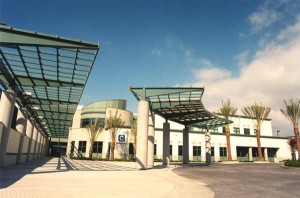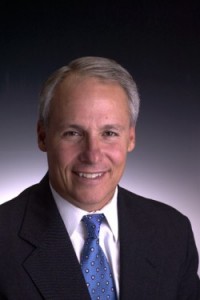 LOS ANGELES – Los Angeles Mayor Antonio Villaraigosa, joined by environmental leaders and representatives from the Los
LOS ANGELES – Los Angeles Mayor Antonio Villaraigosa, joined by environmental leaders and representatives from the Los Angeles Department of Water and Power (LADWP), to announce the achievement of a major milestone — providing 20% of the City’s power from renewable energy sources in 2010. Mayor Villaraigosa said, “When I became Mayor, I set a goal to generate 20% of the City’s power from renewable energy sources by 2010 and I am proud to say that we have achieved that goal. We went from worst to first and quadrupled our renewable energy portfolio in a few short years while also keeping our rates lower than other major utilities. Today’s announcement illustrates that the DWP is a national leader in cost-effective, environmentally responsible and reliable energy.” “This is a historic and substantial accomplishment for the Department of Water and Power and the City of Los Angeles,” said Austin Beutner, LADWP General Manager. “We need to continue to reduce the impact of DWP operations on the environment and do it in an economically sustainable manner.”
Angeles Department of Water and Power (LADWP), to announce the achievement of a major milestone — providing 20% of the City’s power from renewable energy sources in 2010. Mayor Villaraigosa said, “When I became Mayor, I set a goal to generate 20% of the City’s power from renewable energy sources by 2010 and I am proud to say that we have achieved that goal. We went from worst to first and quadrupled our renewable energy portfolio in a few short years while also keeping our rates lower than other major utilities. Today’s announcement illustrates that the DWP is a national leader in cost-effective, environmentally responsible and reliable energy.” “This is a historic and substantial accomplishment for the Department of Water and Power and the City of Los Angeles,” said Austin Beutner, LADWP General Manager. “We need to continue to reduce the impact of DWP operations on the environment and do it in an economically sustainable manner.”
The 20% by 2010 goal has been achieved through a combination of major projects and power agreements made during the Mayor’s administration. In June 2009, LADWP began full operation of the Pine Tree Wind Power Plant — the nation’s largest wind farm owned by a municipal utility, in the Tehachapi Mountains. Wind power comprised nearly 50% of all LADWP’s renewable energy in 2010 with small hydro-electric contributing 30%, geothermal/biofuels, 22%, and solar, 1%.
Reaching this milestone is the latest in a series of significant achievements by LADWP to meet the goals of Mayor Villaraigosa’s GREEN LA Action Plan to lead the national fight against global warming. In conjunction with increasing renewables and energy efficiency, a key factor in reducing greenhouse gases and promoting a cleaner environment is ending reliance on coal-generated power. LADWP is currently making this transition away from coal and in 2010, only 39% of its power portfolio came from coal. LADWP is in the process of divesting of the Navajo Generating Station in Arizona by 2014, which will reduce carbon emissions by an additional 26%.
UNDERSTANDING SUSTAINABILITY







